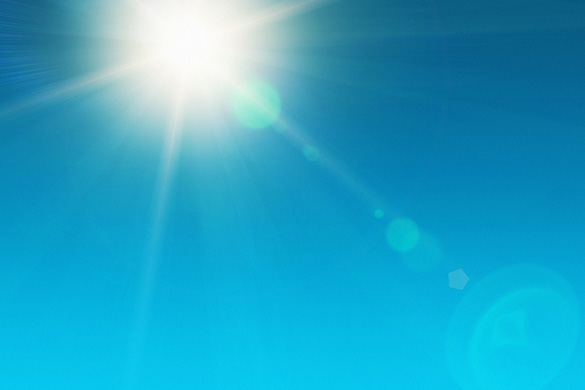Beat the Heat!

As we continue to enjoy the warm months, now is a good time to talk about how heat affects us, especially since many people and athletes enjoy spending time outdoors.
Heat illness takes many forms, from mild to severe. Heat rash and heat cramps are forms of mild heat illness. Dehydration can occur quickly when it’s hot, and dehydration contributes to more severe forms of heat illness like heat exhaustion and heat stroke. While mild heat illness tends to be self-limited, heat stroke is a medical emergency.
Heat Cramps
Heat cramps often involve major muscle groups, especially the leg muscles, and tend to follow long periods of activity in the heat. They are thought to be secondary to sweat loss and electrolyte imbalance. Heat cramps can be treated with gentle massage, stretching and rehydration in a cool area. Prevent them from happening in the first place by staying hydrated, eating regularly and taking an occasional break to stretch and recover.
Heat Rash
Heat rash is caused by tight clothing or areas of skin that rub together and obstruct the pores in the skin that produce sweat. The sweat then leaks into the surrounding tissue causing the characteristic itchy red bumps. By wearing loose, breathable fabrics, this condition can be avoided. Try using a cool, damp cloth to affected areas for symptomatic relief.
Dehydration
Dehydration is a major contributor to heat exhaustion, typically occurring after prolonged exposure to a hot climate. Symptoms include headache, confusion, nausea and vomiting, exhaustion and dizziness. Heat exhaustion must be taken seriously because not recognizing and treating it can lead to heat stroke. Removal from the hot environment, cool liquids, something to eat, and rest is usually all that is needed for treatment. However, being seen by a medical provider is recommended to ensure the correct diagnosis and other forms of treatment are not needed.
Heat Stroke
Classic heat stroke occurs when the body becomes completely overwhelmed by the hot environment. The victim of heat stroke will have a fever, will not be sweating (usually, but not always), and will have alterations of his/her mental status including passing out completely. It’s commonly seen in the very young, the very old, and in debilitated patients, due to their relative difficulty in regulating body temperature. A form called ‘exertional heat stroke’ tends to affect athletes. If heat stroke is suspected, call 911 or bring that person to the hospital immediately.
Preventing Heat Illnesses
The best way to deal with heat-related problems is to be proactive in their prevention.
- Wear light-colored, loose-fitting clothing to help block the sun and keep the body cool.
- Take breaks to cool off, rest and rehydrate.
- When it’s very hot (like when there is a heat advisory in effect), take breaks more frequently than usual or avoid being outdoors altogether.
- When it comes to drinking water, though, be careful not to overdo it — it’s possible to drink too much water, which leads to a different set of problems.
Overall, when the thermometer and humidity levels are climbing, be smart about what you are doing outdoors and take simple precautions, being aware of some potential issues that may come up.
Medical help is available if you experience a heat-related illness. For mild cases, visit your local urgent care or log on to AveraNow for a virtual visit with a health care provider. In severe cases, go to your nearest emergency department.


